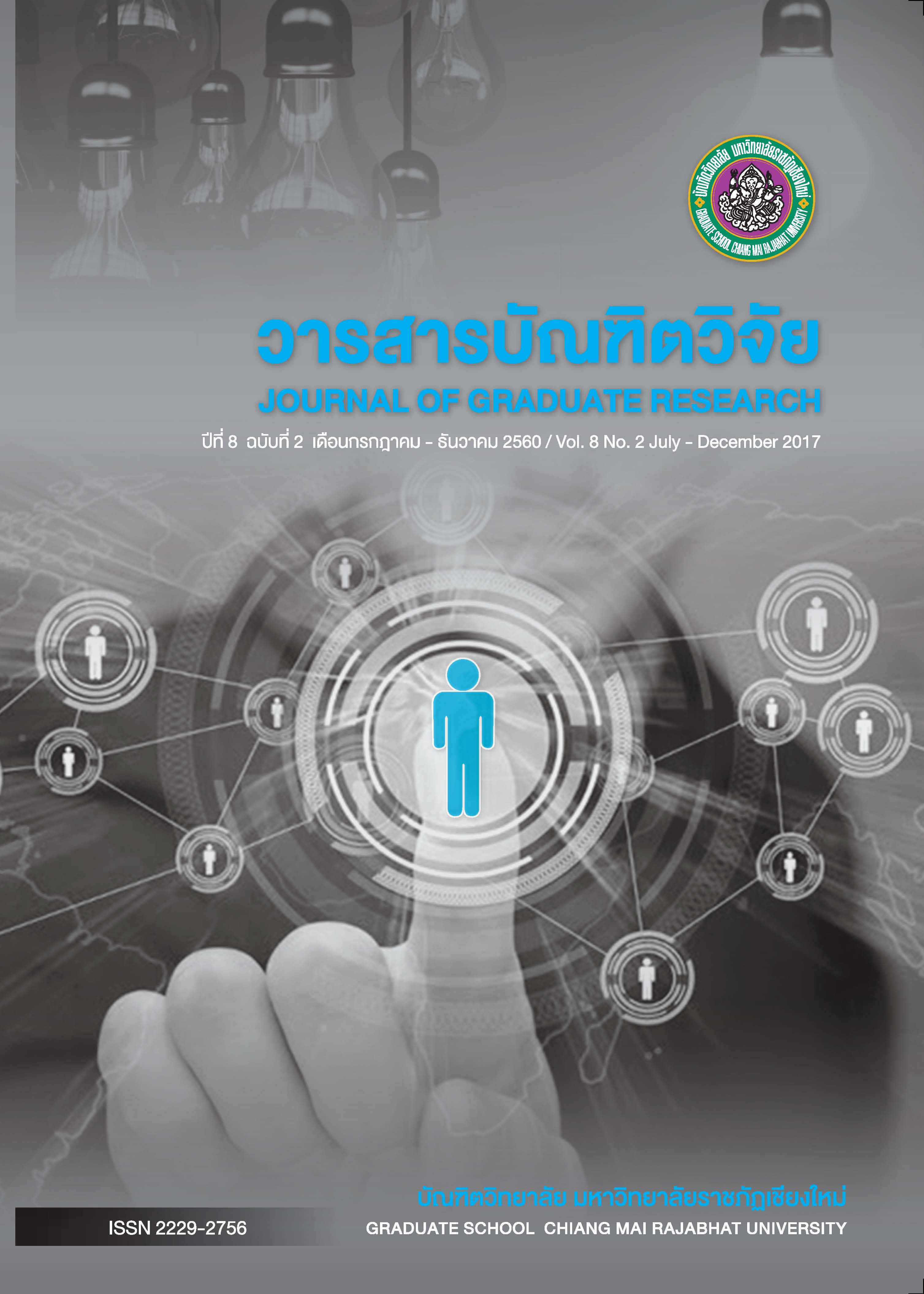The Process of Compound Word Formation and Chinese Based on the Idea of Jerome L. Packard
Main Article Content
Abstract
Compound word is a process of word formation which is generally used in many languages. Especially in the isolating languages, such as Thai and Chinese, most of the words are composed by combining morphemes together to form a new word that has a specific meaning. Both Thai and Chinese have a similar process to form a compound word. According to Jerome L. Packard’s theory, the 5 steps from the word, including, Conventional Lexicalization, Metaphoric Lexicalization, Agrammartical Lexicalization, Asemantic Lexicalization, Complete Lexicalization. Thai and Chinese compound nouns have similarity both structure and meaning of morpheme. The process can reflect the similarity of both languages.
Article Details
How to Cite
อ้ายเจริญ ส. (2017). The Process of Compound Word Formation and Chinese Based on the Idea of Jerome L. Packard. Journal of Graduate Research, 8(2), 119–128. Retrieved from https://so02.tci-thaijo.org/index.php/banditvijai/article/view/107170
Section
Research Article
References
อัญชลี สิงห์น้อย. (2549). คำนามประสมศาสตร์และศิลปะในการสร้างคำไทย. กรุงเทพฯ: สำนักพิมพ์แห่งจุฬาลงกรณ์มหาวิทยาลัย.
Haspelmath, M. (2010). The Indeterminacy of Word Segmentation and The Nature of Morphology and Syntax. Leipzig: Max-Planck-Institute fur evolutionare Anthropologie.
He, Y. (2007). Linguistics Context of Chinese Grammar and Translation Studies. Beijing: Beijing University Press.
Huang, B. & Liao, X . (2011). Modern Chinese (Volume 2) (5th Edition). Beijing: Higher Education Press.
Liu, S. (2006). Chinese Descriptive Morphology. Beijing: Shangwuyinshuguan.
Packard, J. L. (2000). The morphology of Chinese: A Linguistic and Cognitive Approach. New York: Cambridge University Press.
Haspelmath, M. (2010). The Indeterminacy of Word Segmentation and The Nature of Morphology and Syntax. Leipzig: Max-Planck-Institute fur evolutionare Anthropologie.
He, Y. (2007). Linguistics Context of Chinese Grammar and Translation Studies. Beijing: Beijing University Press.
Huang, B. & Liao, X . (2011). Modern Chinese (Volume 2) (5th Edition). Beijing: Higher Education Press.
Liu, S. (2006). Chinese Descriptive Morphology. Beijing: Shangwuyinshuguan.
Packard, J. L. (2000). The morphology of Chinese: A Linguistic and Cognitive Approach. New York: Cambridge University Press.

